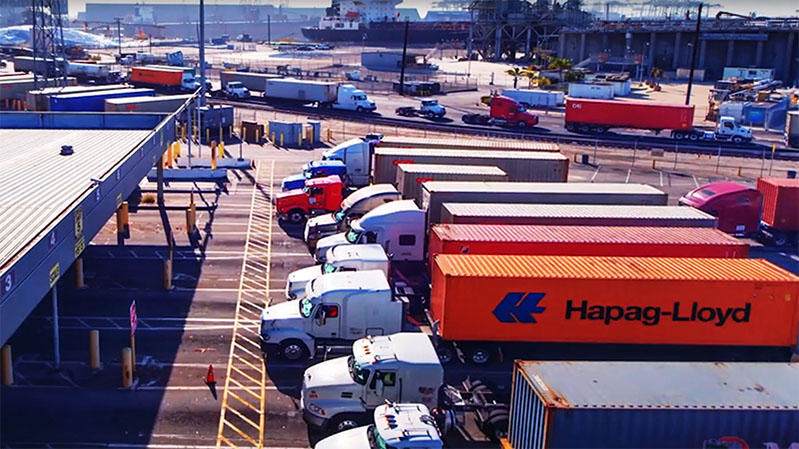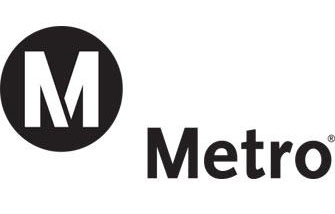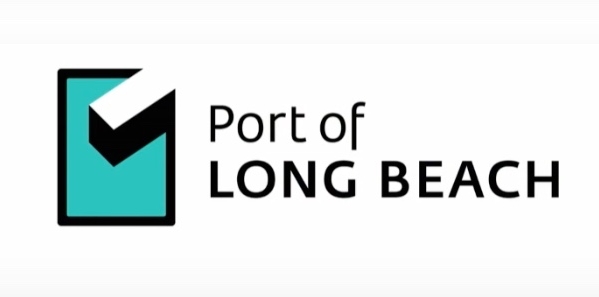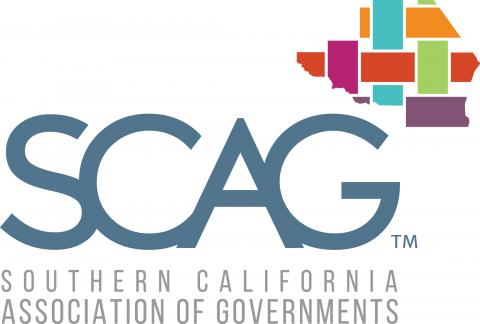Research Projects
Stop the VideoResearch Projects


A general traffic equilibrium framework with ride sourcing services that considers flow-dependent waiting time and public transit
Project Summary
Project number: PSR 22-15 TO 066Funding source: Caltrans
Contract number: 65A0674
Funding amount: $100,000
Performance period: 6/1/2023 to 5/31/2024
Project description
Ridesourcing services (also called e-hailing services in the literature, e.g., Ban et al.,
2019), provided by Transportation Network Companies (TNCs) such as Uber, Lyft, DiDi,
Grab, Ola, etc., have achieved substantial growth and received much attention in recent
years. For example, Uber has hit its milestone in 2018 to serve over 10 billion trips within
more than 700 cities in 80 countries (Uber, 2018). There are over 75 million riders and 3.9
million drivers in total, producing more than 14.1 billion dollars of annual net revenue
(Iqbal, 2020). These emerging transportation services are transforming the travel behavior
of individuals and urban mobility patterns. For instance, the ridesourcing services could
ease the congestion since travelers may save the time for finding a parking space (Ban et
al., 2019). But at the same time, these services may cause extra deadhead miles (Xu et
al., 2021), i.e., the miles traveled by ridesourcing vehicles for picking up the passengers.
Intuitively, the deadhead miles could be large when the usage of ridesourcing services is
low since a driver will need to travel for a long distance to pick up the next passenger. And
the deadhead miles will start to decrease, at some point in the usage level, when more
travelers adopt to use the ridesourcing services since the probability that a driver is closer
to his/her passenger will be higher. The deadhead miles often cause detours for
passengers if ridesharing is involved (Daganzo et al., 2020; Ouyang et al., 2021), which
may increase congestion and undermine the quality of service.
Another issue with deadhead miles is that passengers will need to wait for the ridesourcing
vehicles to arrive. An important feature of the waiting times is that they change with flows,
due to various reasons such as different traffic conditions or change of supply and demand
in the ridesourcing market. If the waiting time is too long, a passenger may cancel the trip
or stick with the traditional transportation modes such as public transit or solo-driving. As
an alternative mode choice, ridesourcing makes the behavior of travelers much more
complicated due to its interactions with the traditional modes. There is a clear need to
quantify and understand the impact of flow-dependent waiting times on the passengers,
the influence of deadhead miles on the transportation system, the highly complex
interactions between ridesourcing and traditional transportation modes, and furthermore,
to help transportation planners and policy makers to facilitate or regulate the ridesourcing
services.
However, prior research models on ridesourcing typically assume that the waiting times
will not change according to traffic flows, and have not explored the interactions between
ridesourcing services, public transit and solo-driving (Xu et al., 2015a; Xu et al., 2015b;
Ban et al., 2019; Di and Ban, 2019; Ma et al., 2020; Li et al., 2020; Pang et al., 2020). To
the best of our knowledge, there is little research that captures the complexity of waiting
times of passengers, the deadhead miles of ridesourcing vehicles, and their complicated
interactions with public transit and solo-driving. The objective of this research is to
understand the impact of ridesourcing services on traffic congestion, travelers' behavior of
mode choices, and efficiency of the overall urban transportation systems.
A general traffic equilibrium framework with ridesourcing services that considers flow-
dependent waiting time and public transit would be able to capture the change of travelers’
behavior based on waiting times and deadhead miles. In practice, the transportation
system and the travelers’ behavior could change. For example, ridesourcing passengers
may have longer waiting times during rush hours, due to high traffic flows. And as a result,
some of them may switch to metro services which are more reliable in terms of time
schedules. With the general model framework, policy makers can better understand
travelers’ behavior and develop appropriate incentives that capture the features of
ridesourcing services to reduce congestion on the transportation system.
P.I. NAME & ADDRESS
Jong-Shi PangEpstein Family Chair and Professor of Industrial and Systems Engineering
Olin Hall of Engineering, OHE 310C
3650 McClintock AveLos Angeles, CA 90089-0193
United States
[email protected]















